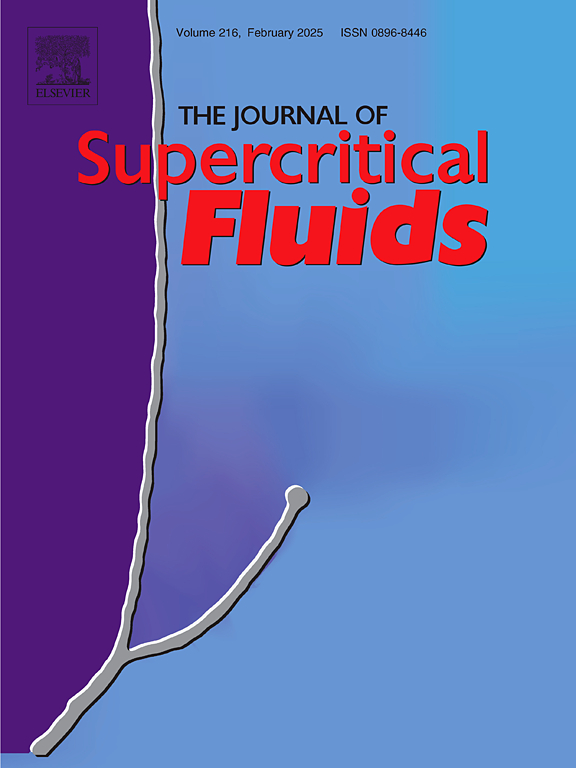CO2 trapping mechanism in deep saline aquifers under the control of composite geological factors: A numerical case study in China
IF 3.4
3区 工程技术
Q2 CHEMISTRY, PHYSICAL
引用次数: 0
Abstract
The increasingly intensifying global climatic change necessitates carbon capture and storage. Reservoir physical properties including porosity, permeability, temperature, and pressure directly control the spatial migration, storage forms, and storage capacity of CO2 in saline aquifers. Based on China’s first CCS demonstration project in saline aquifers, this study constructed a water-CO2-thermal-chemical coupling model for long-term CCS in reservoirs. The results indicate that the deep saline aquifers in the Ordos Basin are favorable for CO2 mineral trapping, with a mineralization storage amount reaching up to 64.02 % of the total injection amount at 1000 years. Temperature is identified as the most significant factor influencing safe CO2 mineral trapping under CO2 injection. The study not only provides valuable insights into the mechanisms of CO2 trapping but also lays a foundation for optimizing the design of ongoing CCS projects and evaluating site suitability for future projects, facilitating progress toward China's carbon neutrality target.
复合地质因素控制下深层含盐含水层CO2捕集机制——以中国为例
日益加剧的全球气候变化要求碳捕获和封存。储层物性包括孔隙度、渗透率、温度和压力等,直接控制着CO2在含盐含水层中的空间运移、储存形式和储存量。基于中国首个咸水含水层碳捕集与封存示范工程,构建了储层长期碳捕集与封存的水- co2 -热-化学耦合模型。结果表明,鄂尔多斯盆地深层含盐含水层具有良好的CO2捕集条件,1000年矿化库存量可达总注入量的64.02 %。认为温度是影响CO2注入下CO2矿物安全捕集的最重要因素。该研究不仅对二氧化碳捕获机制提供了有价值的见解,而且为正在进行的CCS项目的优化设计和评估未来项目的选址适宜性奠定了基础,促进了中国实现碳中和目标的进程。
本文章由计算机程序翻译,如有差异,请以英文原文为准。
求助全文
约1分钟内获得全文
求助全文
来源期刊

Journal of Supercritical Fluids
工程技术-工程:化工
CiteScore
7.60
自引率
10.30%
发文量
236
审稿时长
56 days
期刊介绍:
The Journal of Supercritical Fluids is an international journal devoted to the fundamental and applied aspects of supercritical fluids and processes. Its aim is to provide a focused platform for academic and industrial researchers to report their findings and to have ready access to the advances in this rapidly growing field. Its coverage is multidisciplinary and includes both basic and applied topics.
Thermodynamics and phase equilibria, reaction kinetics and rate processes, thermal and transport properties, and all topics related to processing such as separations (extraction, fractionation, purification, chromatography) nucleation and impregnation are within the scope. Accounts of specific engineering applications such as those encountered in food, fuel, natural products, minerals, pharmaceuticals and polymer industries are included. Topics related to high pressure equipment design, analytical techniques, sensors, and process control methodologies are also within the scope of the journal.
 求助内容:
求助内容: 应助结果提醒方式:
应助结果提醒方式:


